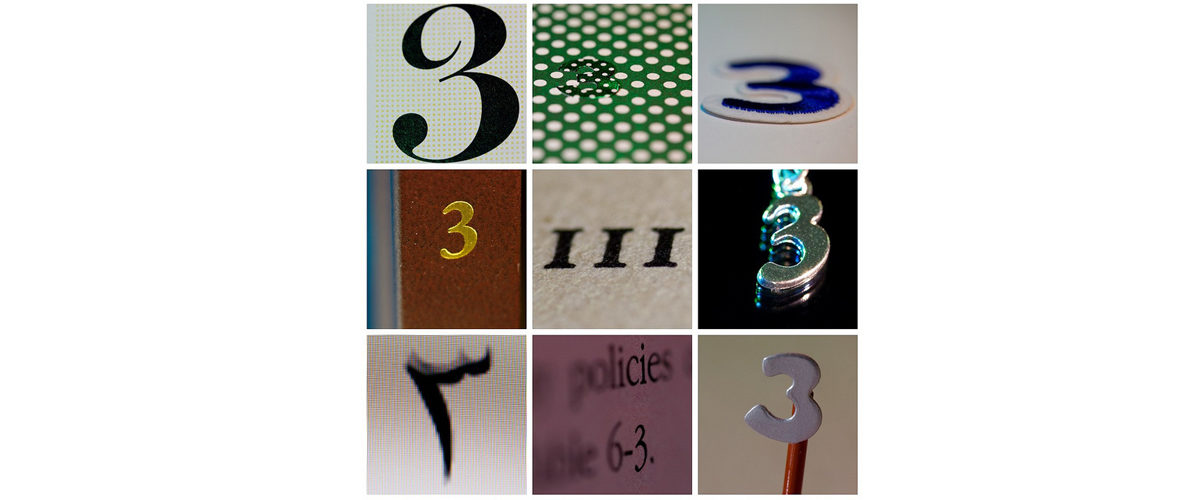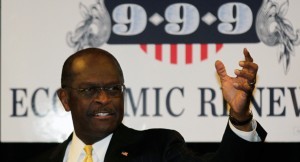Planning for presentations is like teaching math to a child. That is, according to keynote speaker Stephen Boyd, it begins with counting numbers. If a child knows how to count from one to ten before starting formal education, speakers can also use these basic numbers as a guide in making their business talks count.

Let’s focus first on the first five.
One Main Idea
For a presentation to be effective, it must have one main idea, and, at least, one idea per slide.
Focusing on a central idea allows your audience to easily understand your purpose and follow your discussion flow. When this main point is communicated seamlessly, it’ll be easy for you to create lead-ins to your supporting details.
Two: Compare and Contrast
Comparison and contrast are convincing techniques that explain two distinct topics or subjects.
They are useful when stressing your edge over your competitors or when relating your product’s importance to something your audience members can better understand. Express your creativity with figurative language like metaphors, similes and personification to make a bigger impact and persuade them to do business with you.
Rule of Three
A presentation is divided into three important parts: the beginning, middle, and end. The rule of three streamlines your discussion with an interesting and memorable structure.
Most stories are crafted with these three parts. Take advantage of this framework to strip down all of your arguments, pieces of evidence, statement of facts, and takeaways into easily digestible and explainable information.
Four: Forethought
It’s possible to deliver your speech alone without needing four allies to save you from life-threatening situations like in action movies.
The key is forethought.
Planning ahead prevents common mistakes and formulates potential solutions whenever problems arise. Practice and preparation keeps you from using short-cuts, ensuring that you convey your message sincerely.
Last Five Minutes
The last five minutes of your talk are as important as your introduction.
Bad endings undermine your credibility and negatively reinforce ideas to your audience. Think of powerful ways to make an effective close. Cite a quote, use videos, or crack a humorous statement.
Conclusion
Numbers are not only great pieces of evidence but are also useful guides for making successful presentations. Keep the aforementioned big five in mind as you prepare your materials.
Looking for PowerPoint experts to help you on your presentation needs? Give us a call at 1-858-217-5144 or request for a free quote from SlideGenius today.



Download free PowerPoint templates now.
Get professionally designed PowerPoint slides weekly.
Sign Up NowReferences
“Applying the Rule of Three to Your Presentations.” SlideGenius, Inc. May 5, 2014. Accessed July 23, 2015.
“Great PowerPoint Presentations Need Great Main Ideas.” SlideGenius, Inc. April 30, 2015. Accessed July 23, 2015.
“Public Speaking By Numbers.” Public Speaking Tips. August 17, 2011. Accessed July 23, 2015.
Featured Image: “Count on fingers” on 1001freedownloads






